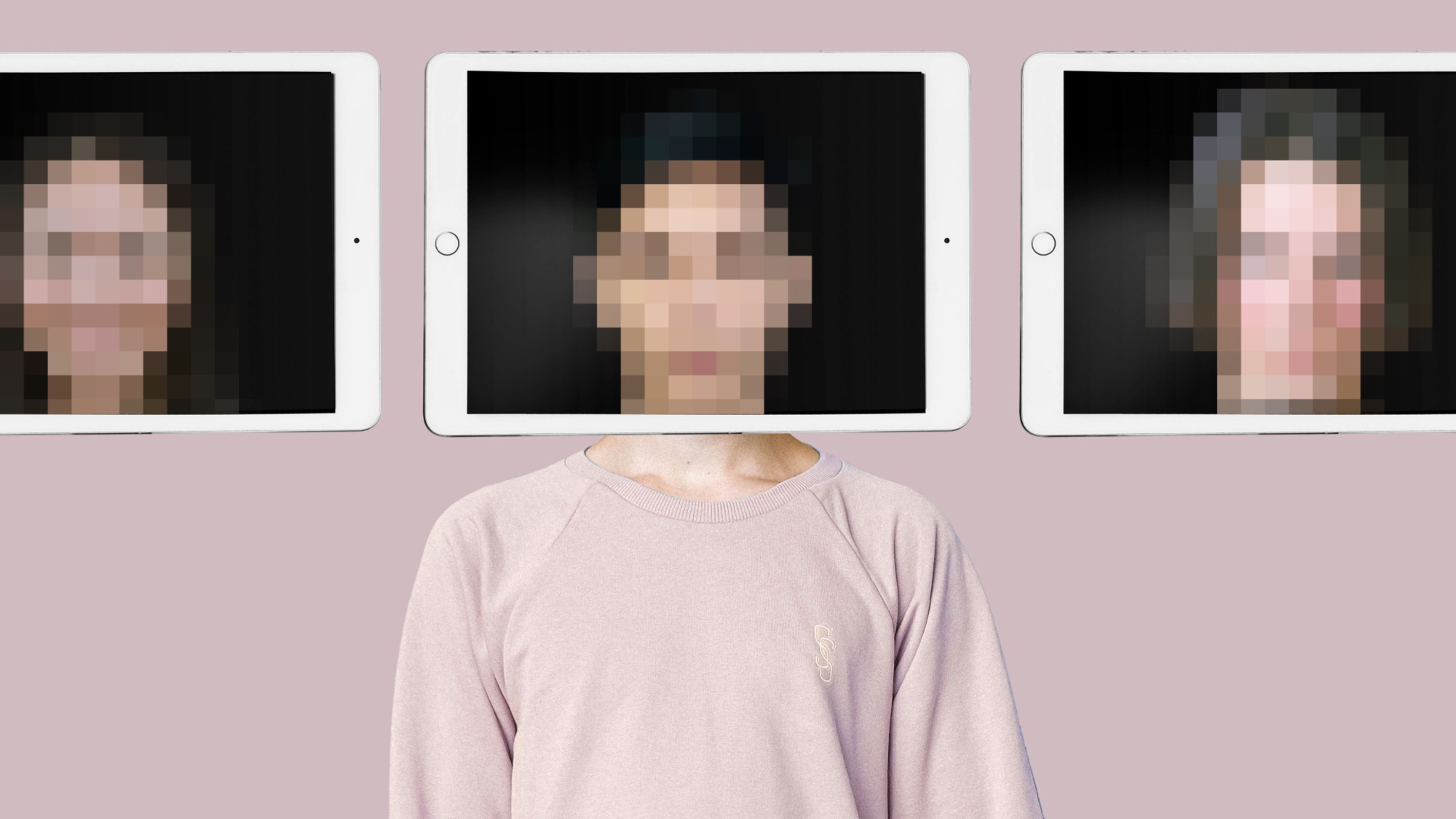The tiny snakebots that perform heart surgery
A new breed of surgical robots squirm their way through your anatomy to go where human hands can't fit

What's metal, slithers, and may just save your life after a heart attack? The tiny snake-like robots that operating rooms across the country will soon employ to crawl inside your body and perform life-saving surgeries. Here's what you should know about your doctor's new favorite tool:
What do these robots do?
Doctors will use the snakebots to perform routine surgeries on hearts and excise prostate tumors, says Sebastian Anthony at ExtremeTech. The diminuitive machines are equipped with a variety of surgical tools, including tiny cameras, scissors, and forceps. Surgeons make a small keyhole incision, insert the snake, then use a tethered remote to guide the squirmy bot to where it needs to go. (Watch a video below.) The robot has been successfully tested on pigs, and is now making the leap to human anatomy.
The Week
Escape your echo chamber. Get the facts behind the news, plus analysis from multiple perspectives.

Sign up for The Week's Free Newsletters
From our morning news briefing to a weekly Good News Newsletter, get the best of The Week delivered directly to your inbox.
From our morning news briefing to a weekly Good News Newsletter, get the best of The Week delivered directly to your inbox.
How big are they?
The snakebot, which has 102 moveable joints, has a head with a diameter smaller than a dime, allowing it to squeeze through extremely small spaces that human hands could never go.
Why use these things?
The robot's small size makes invasive surgeries cleaner and faster. Rather than having to open up a patient's chest for heart surgery, surgeons can simply make a tiny cut. In theory, this reduces a patient's overall recovery time, saving hospitals and insurance companies money on overhead. "It's like the ability to have little hands inside the patients, as if the surgeon had been shrunken and was working on the heart valve," Dr. Michael Argenziano, a New York heart surgeon, tells the Associated Press. "The robot is a tool. It is no different in that sense than a scalpel."
A free daily email with the biggest news stories of the day – and the best features from TheWeek.com
What's next?
Wireless controls seem inevitable, and "it's only a matter of time until [snakebots] become autonomous [and] small enough to wiggle around your" blood vessels, says Anthony. With any luck, one day these machines will test chemicals or blood within the body, and analyze the electrical connections of nerves. They'll continue to shrink and get more sophisticated, until tiny "nanobots" roam the system and solve problems on their own. That sounds fine, says Dan Nosowitz at Popular Science. "Now we just have to get past the Indiana-Jones-ooginess of a tiny robosnake squirming its way through our bodies."
Sources: Associated Press, ExtremeTech, UberGizmo, Popular Science
-
 Will regulators put a stop to Grok’s deepfake porn images of real people?
Will regulators put a stop to Grok’s deepfake porn images of real people?Today’s Big Question Users command AI chatbot to undress pictures of women and children
-
 ‘All of these elements push survivors into silence’
‘All of these elements push survivors into silence’Instant Opinion Opinion, comment and editorials of the day
-
 A running list of US interventions in Latin America and the Caribbean after World War II
A running list of US interventions in Latin America and the Caribbean after World War IIin depth Nicolás Maduro isn’t the first regional leader to be toppled directly or indirectly by the US